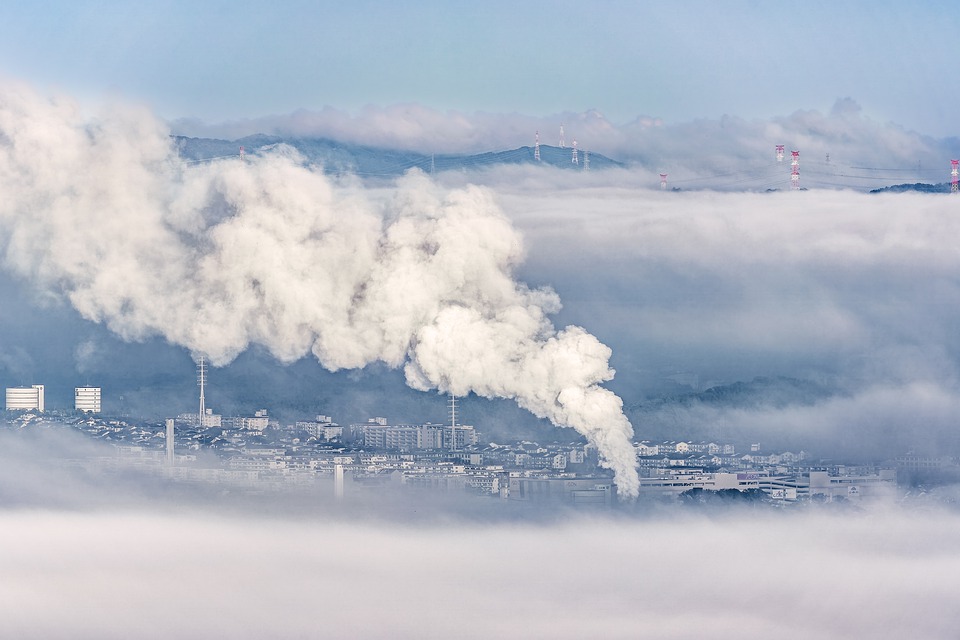How Are Pandas Affected by Climate Change?
Giant pandas (Ailuropoda melanoleuca) are an iconic and endangered species native to the mountainous regions of central China, primarily found in the bamboo forests of Sichuan, Shaanxi, and Gansu provinces. As climate change progresses, the impact on their natural habitats, food sources, and long-term survival has become a growing concern. Understanding the relationship between pandas and their environment is crucial for developing effective conservation strategies to protect their future.
Pandas’ Habitat and Distribution
Where Pandas Live:
– Pandas inhabit bamboo forests at elevations ranging from 1,500 to 3,000 meters (4,900 to 9,800 feet).
– These forests provide the cool, moist climate essential for their survival.
Reliance on Bamboo Forests:
– Bamboo constitutes over 99% of a panda’s diet, with individuals consuming up to 85 pounds daily.
– The availability of bamboo is directly linked to the specific climatic conditions of their habitats.
Impact of Climate Change on Panda Habitats
Shrinking Suitable Habitat:
– Rising global temperatures are causing suitable panda habitats to shift to higher altitudes where conditions are cooler.
– However, these higher altitudes offer limited space and resources for migration.
Fragmentation of Bamboo Forests:
– Climate change, combined with human activities like deforestation, is fragmenting bamboo forests.
– This fragmentation isolates panda populations, restricting movement and access to food while reducing genetic diversity.
Loss of Cool, Moist Climate:
– Pandas thrive in a narrow temperature range; warming temperatures and altered precipitation patterns threaten the cool environments necessary for bamboo growth and panda comfort.
Bamboo and Food Security for Pandas
Bamboo Sensitivity to Climate:
– Bamboo is highly sensitive to changes in temperature and precipitation; even slight shifts can disrupt its growth cycles.
Shifting Bamboo Availability:
– As climate change forces bamboo to higher altitudes, previously rich bamboo areas may become unsuitable for growth.
Seasonal Availability Challenges:
– Altered precipitation patterns can affect the seasonal availability of bamboo shoots, leading to potential malnutrition or starvation for pandas during critical times.
Impact on Panda Behavior and Reproduction
Disrupted Reproduction Cycles:
– Changes in habitat can affect pandas’ ability to find mates or suitable breeding areas, complicating their already low reproductive rates.
Increased Stress on Populations:
– Shrinking habitats and unreliable food sources may increase stress levels among pandas, impacting health and reproductive success.
Forced Migration and Conflict:
– As pandas search for food in higher altitudes or new areas, they may encounter conflicts with human activities such as agriculture or infrastructure development.
Human Activities Exacerbating the Effects of Climate Change
Deforestation and Habitat Fragmentation:
– Human activities like agriculture and logging further destroy panda habitats, compounding the effects of climate change.
Pressure from Tourism and Urbanization:
– Increased tourism and urban expansion in panda habitats can stress ecosystems, limiting available land for conservation efforts.
Conservation Efforts to Protect Pandas from Climate Change
Establishing Nature Reserves:
– China has created several nature reserves aimed at protecting bamboo forests and ensuring safe habitats for pandas as climate change progresses.
Creating Wildlife Corridors:
– Conservationists are working on connecting fragmented forests through wildlife corridors to facilitate panda migration between isolated habitats.
Climate Adaptation Strategies:
– Efforts now focus on identifying future suitable habitats and planting bamboo in areas where it can thrive despite changing climates.
Captive Breeding Programs:
– These programs help ensure panda survival by monitoring reproductive success and reintroducing pandas into protected areas.
The Long-Term Outlook for Pandas in a Changing Climate
Risk of Extinction:
– Continued habitat reduction due to climate change could lead to further population declines, increasing extinction risks.
Adaptation Limits:
– Pandas have evolved in specific environments; while conservation efforts can mitigate some impacts of climate change, their ability to adapt to drastically different conditions is limited.
The Role of Global Climate Action:
– Reducing global carbon emissions is crucial not only for protecting pandas but also for safeguarding countless other species affected by climate change.
FAQs
How does climate change affect pandas?
Climate change shrinks bamboo forest habitats, reduces food sources, and forces pandas to migrate to higher altitudes where space is limited.
Why is bamboo so important to pandas?
Bamboo makes up over 99% of a panda’s diet; without it, pandas cannot survive.
Can pandas adapt to climate change?
Pandas are highly specialized animals that may struggle to adapt to rapidly changing habitats and food sources, making conservation efforts vital for their survival.
What is being done to protect pandas from climate change?
Conservation strategies include creating nature reserves, establishing wildlife corridors, implementing captive breeding programs, and replanting bamboo in future suitable habitats.
Conclusion
Pandas face significant challenges due to climate change, including shrinking habitats, food insecurity, and reproductive impacts. Conservation efforts combined with global climate action are essential for ensuring the long-term survival of this beloved species in an ever-changing world.

Kyle Whyte is a notable scholar and professor at the University of Michigan, holding positions such as the George Willis Pack Professor in the School for Environment and Sustainability and Professor of Philosophy. Specializing in environmental justice, his work critically examines climate policy and Indigenous peoples’ ethics, emphasizing the nexus between cooperative scientific endeavors and Indigenous justice. As an enrolled Citizen Potawatomi Nation member, he brings a vital perspective to his roles as a U.S. Science Envoy and member of the White House Environmental Justice Advisory Council. His influential research is supported by various prestigious organizations including the National Science Foundation, and disseminated through publications in high-impact journals. Kyle actively contributes to global Indigenous research methodologies and education, with affiliations to numerous institutes and societies dedicated to traditional knowledge and sustainability. Recognized for his academic and community engagement, Kyle has earned multiple awards and served in various visiting professorships. His efforts extend to leadership positions on boards and committees focused on environmental justice nationwide.
